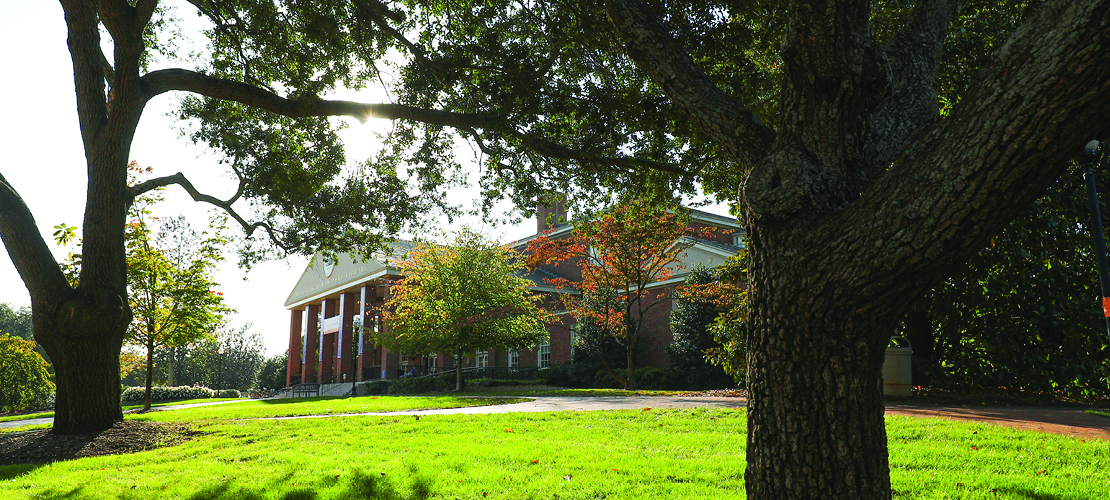23 Aug 1927
In April of 1920, five armed robbers stole the payroll of a shoe company in South Braintree, Massachusetts. The paymaster and the guard were both shot and killed in the process. The following month, four men were caught attempting to retrieve a vehicle that was assumed to have been linked to the crime. Two of those men were Niocla Sacco and Bartolomeo Vanzetii. The other two were not arrested, but Sacco and Vanzetti were arrested as a result of their possession of pistols and of anarchist literature. Both men were charged with “felony murder” and were brought to trial.
The trial was followed by a series of appeals, all of which took place in both Boston and Dedham, Massachusetts. The main evidence used against them was ballistic and in the form of eye witness testimonies.
The public, both in Boston and around the world, was outraged at the original conviction of the two men. The outrage stemmed from the belief that the arrests and charges of Sacco and Vanzetti were racial and anti-immigrant in nature. The Judge, jury, and prosecution were all accused of exhibiting similar prejudices. Governor Alvan Fuller composed a commission to advise him on the fairness of the trial, but this commission was also accused of being less than objective. The chairman of the commission was Abbot Lawrence Lowell, then president of Harvard and known around town as a “bigot” and “avowed racist,” according to Alan Dershowitz.
Tensions heightened when two significant things happened. New ballistic evidence was not allowed to be admitted. Then an even more significant piece of evidence was denied. In the book Sacco and Vanzetti: A Brief History with Documents, a letter from a fellow inmate to Sacco named Madeiros, reveals a formal confession to the involvement of the Braintree robbery in 1920. Madeiros has a connection to a known gang member, Joe Morelli. Interestingly, Morelli and Sacco look very similar and their mugshots (both pictured in the book) are nearly interchangeable. From that confession, as well as knowledge the the gang had previously committed similar crimes, a knew theory was formed that potentially Morelli’s gang had committed the Braintree “felony murder.”
The new evidence caused the defense to call for a retrial in May of 1926. In October, Thayer denied the call for a new trial, labeling the new evidence to be illegitimate. Jan of 1927, the defense tried again to appeal to the Supreme Court. The SC acknowledged that the evidence could be legitimate, but supported Thayer’s right to rule as he had. They shot down the appeal on the grounds that new evidence did not necessarily mean a new verdict would be reached.
Sacco and Vanzetti were executed today in 1927 by electrocution. Their cause of death was listed as “judicial homicide.”
The term ironically reflects the way the public felt about Thayer’s verdict. Protesters mourned the deaths as unjust and blamed the authorities for the injustice, putting Sacco and Vanzetti’s blood on Thayer, Lowell, and Governor Fuller’s hands.
The case was not only highly publicized, but also highly politicized by the authorities involved. Sacco and Vanzetti have been a symbol on anti-immigrant sentiments of the 20th century. The case has been revisited countless times since the 1927 execution of the two men, including when Governor Dukakis issued a statement in 1977 insisting that all “disgrace” or “stigma” be wiped from their names. However, throughout all of these revisions, not one concrete conclusion has been produced. Alan Dershowitz best summarizes the review of this particular case in his book, America on Trial when he says,
“Evidence does not generally become clearer with the passage of time. It only appears more certain to those with a stake in a particular conclusion. Contemporary reading of the transcript will convince the reader of the unfairness of the trial, not of the convicted’s guilt or innocence.”
Dershowitz goes on to emphasize that there is room for reasonable doubt in the assertions of the men’s guilt or innocence. James B. Duke Library has a plethora of literature on this event! Check it out and decipher the murder mystery for yourself.
If you would like to learn more, check out Sacco and Vanzetti: the Men, the Murders, and the Judgement of Mankind. Dershowitz’s chapter on the case in America on Trial is a great overview of the events and proceedings, if you prefer a shorter read. For a more in-depth analysis, I strongly recommend comparing Dershowitz’s chapter with the book Sacco-Vanzetti: the Murder the Myth. It was written in the 1960s and continues to defend the actions of the authorities involved and also features interviews from the jurors. If you are interested in pursuing the topic from a strategic perspective, I would recommend reading chapter 4 of Communication and Litigation: Case Studies of Famous Trials. This book analyzes the strategy and skill used in the examination and cross-examination during the trial, as well as the communication of the events to the public.
Sources:
America On Trial
Chase’s Calendar of Events
Communication and Litigation: Case Studies of Famous Trials
Sacco and Vanzetti: A Brief History with Documents
Wikipedia


